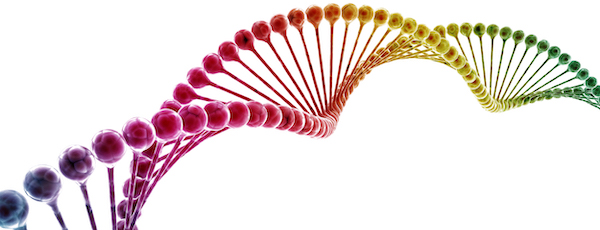Lafora Disease has recently been widely accepted as being a Glycogen Storage Disease. It is an ultra-rare, progressive, autosomal recessive neurodegenerative disorder.
Lafora is caused by loss-of-function mutations in either the laforin gene (EPM2A) or malin gene (EPM2B). It is associated with gradual accumulation of Lafora bodies, aggregates of poorly branched, hyperphosphorylated, insoluble glycogen also known as polyglusan.

| Other names |
Progressive myoclonus types 2 and 2A epilepsy |
| Affected |
Cells throughout the body |
| Inheritance | Autosomal recessive |
| Incidence | Unknown, ultra rare |
| UK diagnosed | Under 5 (UK diagnosed explained) |
| Symptoms |
Seizures, difficulty walking, muscle spasms, neurological deterioration. |
| Secondary symptoms |
Cognitive decline. |
| Treatment |
Biotech research into a treatment is ongoing. |
| Outlook |
Typically onset in late childhood with death within 10 years. |
The Faces of Lafora
A short video giving an insight into Lafora disease, by film director Denis Bojic.
Denis says “Lafora is probably the severest glycogen storage disease, involving glycogen accumulation in the brain. It is the most severe and rarest form of human epilepsy and takes the lives of children all around the world.”
Since this trailer was made there is some hope for a treatment – see below.
Late childhood onset
Prior to the onset of symptoms, affected children appear to have normal development although some may have isolated convulsions in infancy or early childhood.
According to the United States National Institutes of Health (NIH), the signs and symptoms of Lafora disease generally appear during late childhood or adolescence.
Lafora is characterised by intractable seizures, difficulty walking, muscle spasms, neurological deterioration, rapid cognitive decline, dementia, and death typically within 10 years of onset.
Symptoms and outlook
The most common feature of Lafora disease is recurrent seizures. They generally become worse and more difficult to treat over time.
With the onset of seizures, people with Lafora disease often begin showing signs of cognitive decline. This may include behavioral changes, depression, confusion, ataxia (difficulty controlling muscles), dysarthria, and eventually, dementia.
By their mid-twenties, most affected people lose the ability to perform the activities of daily living; have continuous myoclonus; and require tube feeding and comprehensive care.
Chelsea’s Hope
 Started by the Gerber family, Chelsea’s Hope aims to raise funds for research, treatment, and ultimately, a cure — for those affected by Lafora. They raise awareness about Lafora and the children it afflicts.
Started by the Gerber family, Chelsea’s Hope aims to raise funds for research, treatment, and ultimately, a cure — for those affected by Lafora. They raise awareness about Lafora and the children it afflicts.
Chelsea’s Hope also provides connection and assistance for families in the form of education, emotional support and general assistance.
Promising research
We are awaiting an update on this research following what we understand is the acquisition of Valerion.

Valerion Therapeutics, a Massachusetts based biotechnology company is developing, VAL-0417, a novel fusion protein that combines Valerion’s delivery antibody (3E10) linked to amylase to uniquely target neuronal glycogen through enhanced delivery to affected tissues. In preclinical proof-of-concept studies, Valerion and collaborators at the University of Kentucky demonstrated in vitro and in vivo, the ability to deliver VAL-0417 to the skeletal muscle and brain with retention of up to 24 hours following intracerebroventricular (ICV) injection in Lafora mouse models.
These data were presented in a presentation titled “Lafora Body Degradation by a Therapeutic Enzyme for the Treatment of Lafora Disease,” at the 2017 Lafora Disease Workshop, a satellite symposium of the 32nd International Epilepsy Congress held September 2-6, 2017 in Barcelona, Spain.
All GSDs pulling together makes us all stronger.
